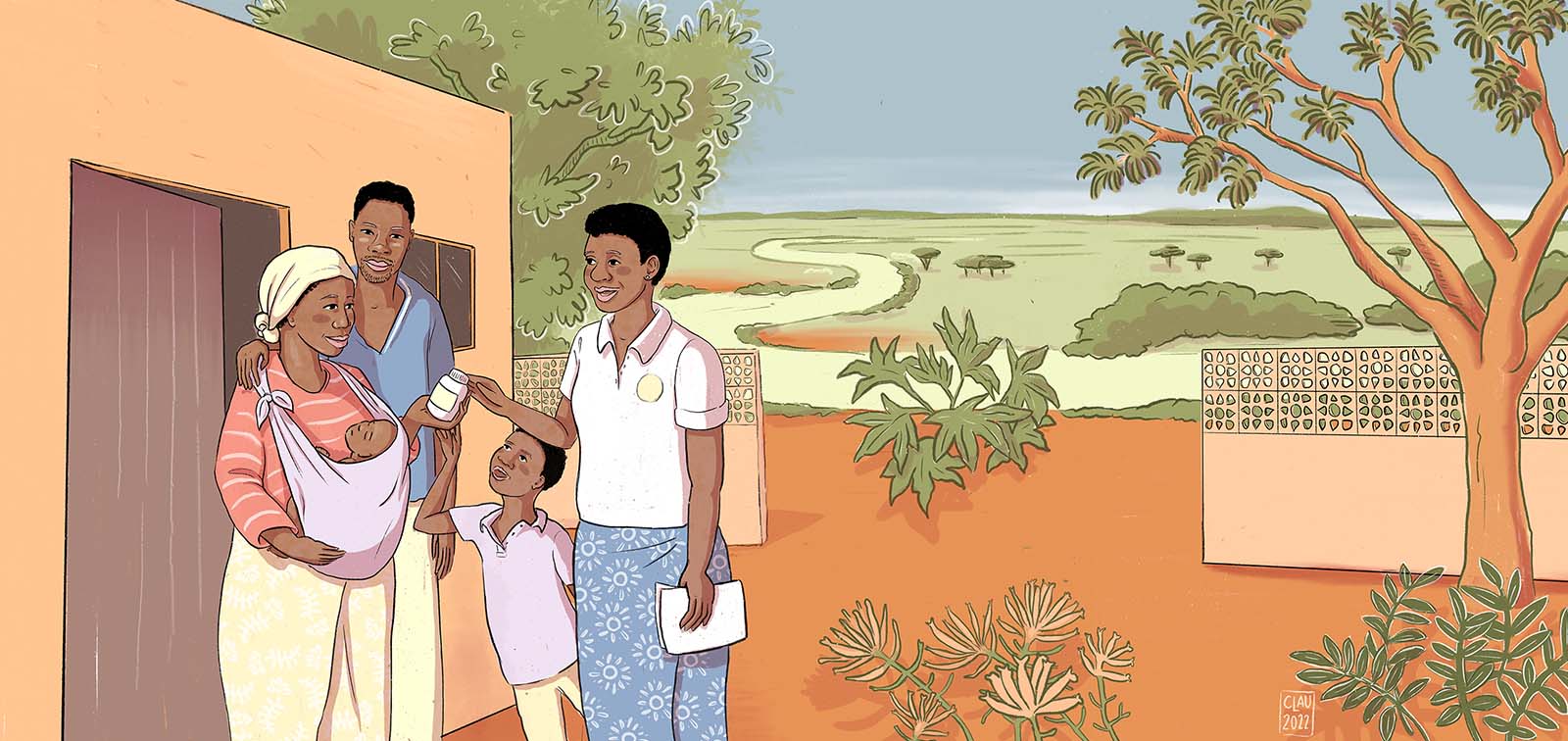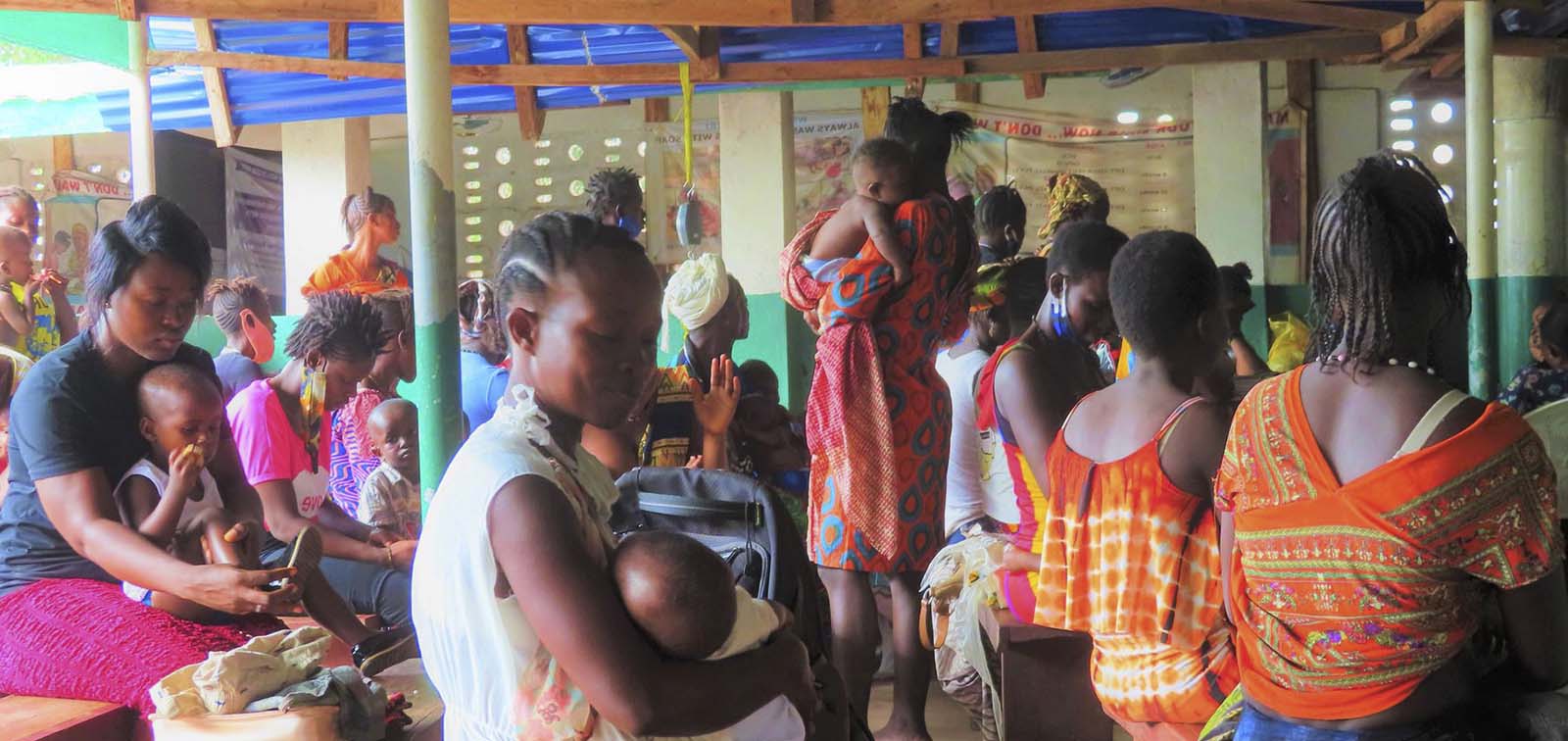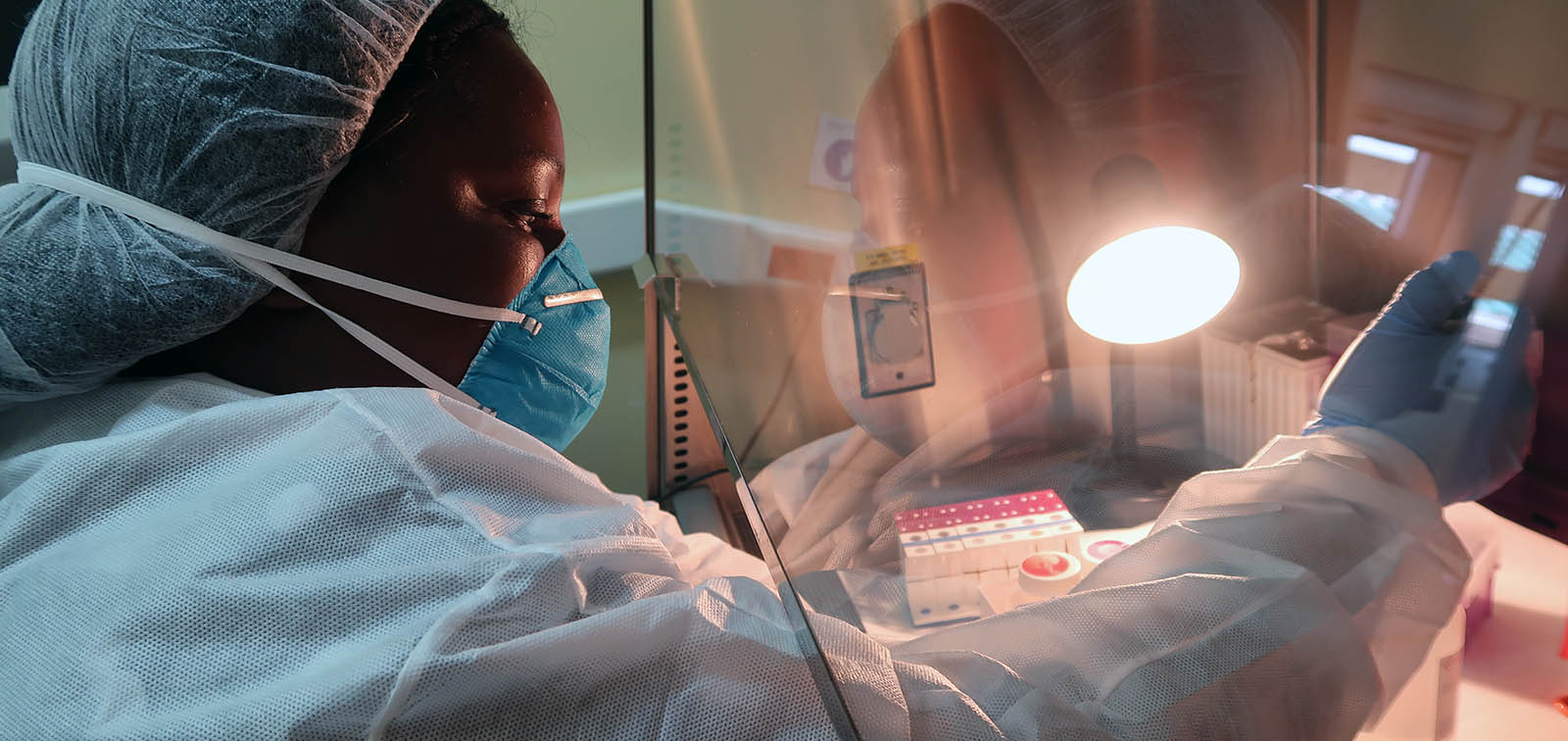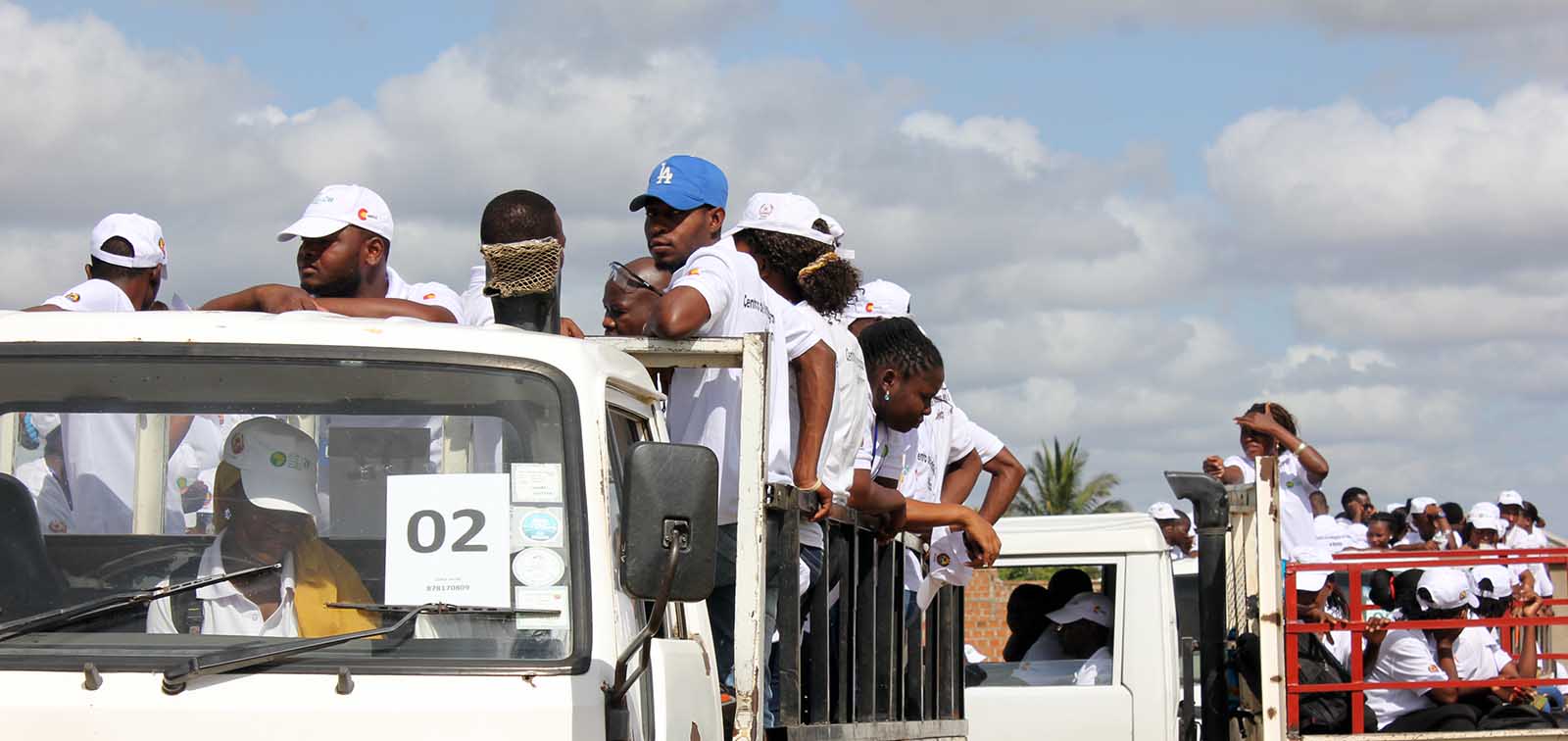20 Years of Malaria Epidemiology in Manhiça
An analysis of 20 years of surveillance data on malaria admissions at Manhiça District Hospital, Mozambique, demonstrates the changing epidemiology of the disease
27.05.2022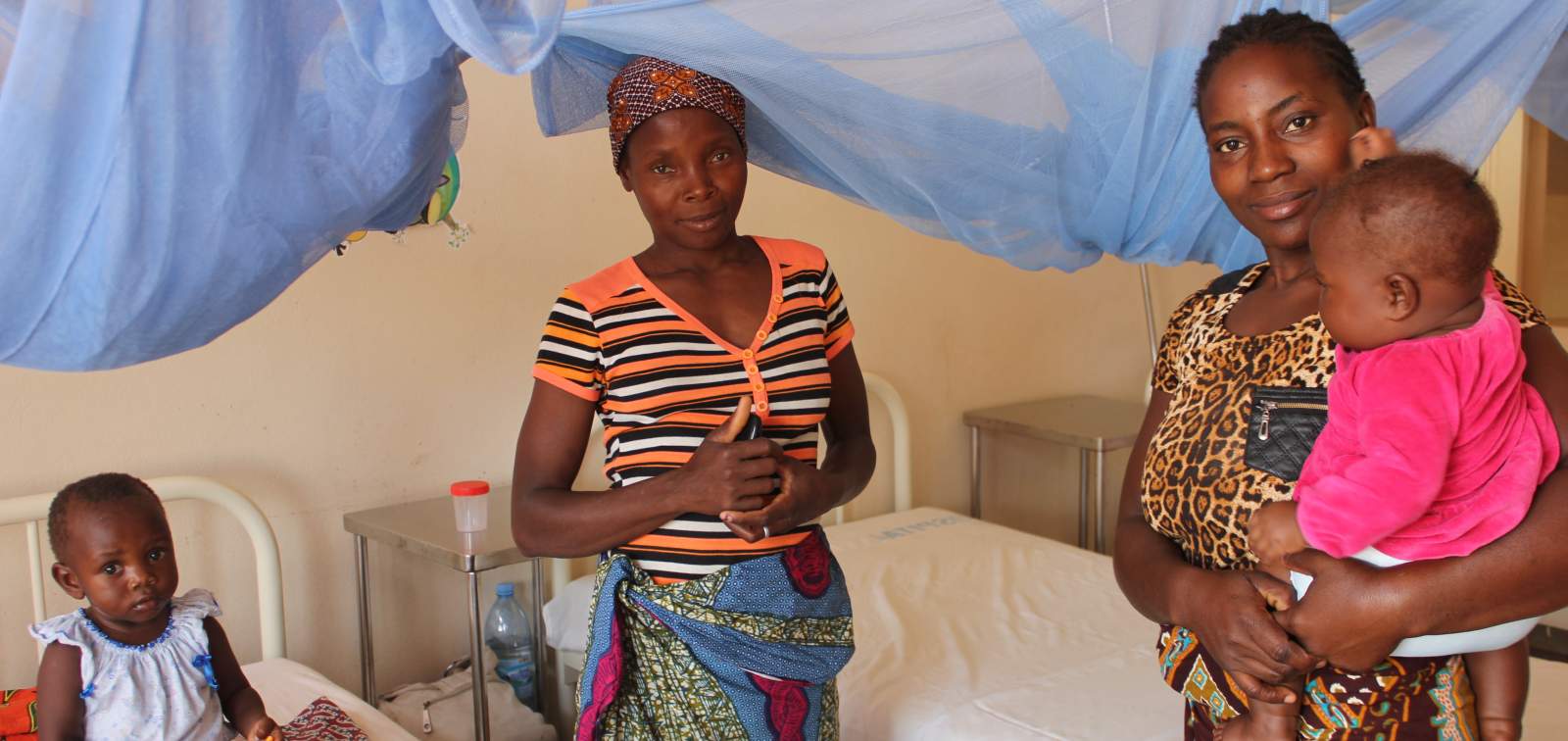
Estimating malaria burden and mortality is a challenge for most endemic countries, due to the weakness of their national health information systems. Therefore, these estimates often rely on models that use prevalence data. The Manhiça Health Research Centre (CISM) and the Barcelona Institute for Global Health (ISGlobal), a centre supported by the ”la Caixa” Foundation, have just published a retrospective analysis of 20 years of longitudinal surveillance data on malaria admissions at Manhiça District Hospital in southern Mozambique that furthers our understanding of the relationship between malaria transmission intensity and the burden and clinical presentation of severe malaria.
The study, published in The Lancet Global Health, analyses hospital surveillance data on all children under 15 years of age admitted to Manhiça District Hospital between 1 July 1997 and 30 June 2017. During this study period, 32,138 children were admitted to the hospital with a malaria diagnosis, accounting for 51% of total admissions. Malaria accounted for 37% of admissions in 1998, peaked at 77% in 2001 and then gradually declined to reach its lowest level of 27% in 2011, fluctuating thereafter. Since 2000, however, the number of malaria admissions and the number of deaths caused by the disease have both been on a downward trend.
In the article, the authors describe how the age pattern of patients with malaria has shifted over time towards older ages. In the first 12 years of the study, children aged 5 years and older accounted for 10% of malaria patients, but in the last 4 years of the study this figure increased to around 30%. The median age of people who died of malaria also increased over the study period, although most deaths continue to occur in children under 5 years of age.
The study also identified a change in the clinical presentation of severe malaria, with an increase in cerebral malaria and a decrease in severe anaemia and respiratory distress. Mortality rates for severe malaria ranged from 1.1% (2014-2015) to 7.2% (2010-2011), differing by severe malaria syndrome: 3.3% for severe anaemia, 5.1% for respiratory distress and 14.8% for cerebral malaria.
“The decline in malaria transmission in Manhiça district over the past two decades has been accompanied by a slower rate of acquisition of natural immunity against the disease,” commented ISGlobal researcher Caterina Guinovart, lead author of the study. “This has led to a shift in the age pattern of the disease towards older ages, which in turn has resulted in fewer admissions and deaths, despite the fact that the percentage of patients with severe malaria has risen. Therefore, although we should continue to prioritise children under 5 years of age, who are still the group the most affected by the disease, control programmes should also target older children.”
At present, the deployment of malaria control measures is mostly informed by prevalence data, to the detriment of clinical data. This study shows that hospital data are a useful source of information to better understand priorities and high-risk groups, as well as to inform health policies.
Reference
Guinovart C, Sigaúque B, Bassat Q, Loscertales MP, Nhampossa T, Acácio S, Machevo S, Maculuve S, Bambo G, Mucavele H, Soriano-Gabarró M, Saifodine A, Nhacolo A, Nhalungo D, Sacoor C, Saúte F, Aponte JJ, Menéndez C, Macete E, Alonso PL. The epidemiology of severe malaria at Manhiça District Hospital, Mozambique: a retrospective analysis of 20 years of malaria admissions surveillance data. Lancet Glob Health. 2022 Jun;10(6):e873-e881. doi: 10.1016/S2214-109X(22)00125-5


